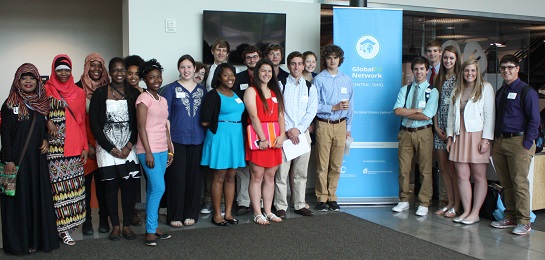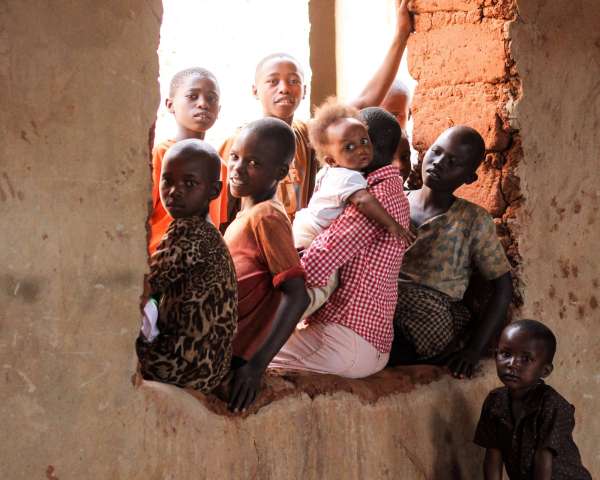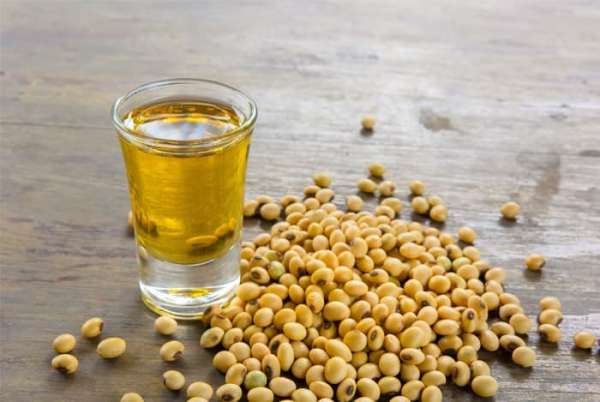Soy and world hunger
Lessons
# Part 1
Students are given their “mission”; to create an infographic advertisement. They begin taking research notes as they access several engaging resources on the subject.
Files
# Part 2
Students are presented with information on soy products and machinery. They continue taking research notes for their infographic.
Files
# Part 3
Students create their infographic, and peer grade another student’s work. Teachers grade final projects using the same rubric as peer graders.
Files
Teacher background
The United States grows approximately 2.7 billion dollars worth of soy beans each year, most of which are exported. Soy plays a major role in agricultural trade, and holds many career paths of the future. Students may not be aware of the potential of soy, or its relevance to the world. Soy is an excellent source of nutrition; it is one of a few plants containing all nine amino acids for protein construction (crucial for human health). Soy can be easily processed to yield higher value products through simple machinery such as soycows and vitagoats. Soycows and vitagoats break down, cook and sort soybean components for almost any soy product (soy milk, flour, oil, okara, tofu, yogurt, etc). This equipment can make great tools for citizens of developing nations to support themselves by giving them the ability to create soy products. Soy grows in a variety of climates, but is mainly produced in the U.S., Brazil and Argentina. Soy meal is used to feed livestock and aquatic organisms in the process of aquaculture (the raising of aquatic organisms for food); both are profitable industries. Due to its many uses and simple preparation, soy is of great value to the modern and developing world. Students will tap into the potential of soy and create a stimulating infographic using their knowledge. This lesson incorporates language arts skills, and could be used as an engaging introduction to several science topics such as photosynthesis, biomes, the balance of ecosystems, or the role of proteins in the human body. In addition, students might be inspired to create their own models of soycows or vitagoats.
Next gen science standards
Science and engineering practices
- Asking questions (for science) and defining problems (for engineering)
- Analyzing and interpreting data
- Engaging in argument from evidence
- Obtaining, evaluating, and communicating information
Crosscutting concepts
- Patterns
- Cause and effect
Disciplinary core ideas/content
- LS1B Growth and development of organisms
- LS2B Cycles of matter and energy transfer in ecosystems
- PS3D Energy in chemical processes and everyday life





Share this